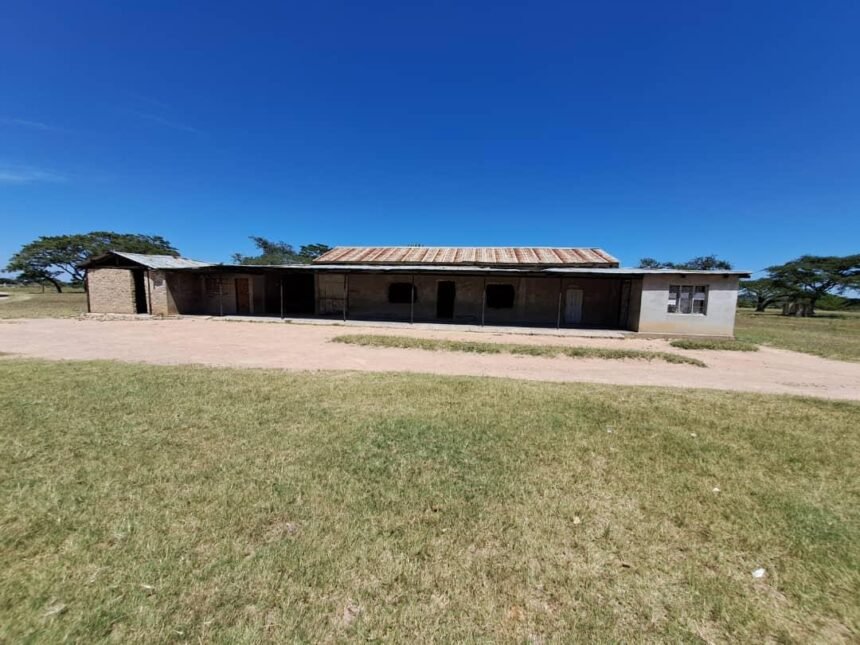By Brighton Chiseva
GUTU – After 22 years of establishment, the only notable development that was registered at Nyashenje Primary School, Chatsworth, Gutu, is its enrolment which rose from 150 in 2002 to 340 in 2024.
The school has been operating as a satellite to Mukwasi Primary School for several years and was only weaned last year when it was registered as an examination center and was allocated a substantive head and deputy, a development which some parents hailed saying could help steer development.
Nyashenje is located in Bath Farm about 12 km from Chatsworth and a few kilometers from AFM’s Rufaro High School
The farm was occupied by locals during the land reform program around 2000 and the first settlers established the school at the farmhouse, which is shared by some of the 12 members of staff, who also used barns as classrooms as well as other teachers’ quarters.
However, since then, learners are still using the barns as classes and the school managed to construct one teacher’s house that the bulk of teachers at the school share as well as two classroom blocks with one completed and the second one still at window level.
The School Development Committee Chairperson Juda Chiwara said there was slow development at the school because parents were struggling to pay school fees and without intervention from others, the school alone could take ages to develop.
“Our learners pay US$25 per term and even if they would all pay, the amount is very little, however, with these climatic and economic conditions, parents are struggling to put food on the table and are also required to pay fees so we are struggling,” said Chiwara.
He went on to say one classroom block was at beam level and they did not know how they were going to raise enough money for roofing material.
“We completed one classroom block and the second one is at beam level, however, the structure is less costly and we are not even sure how we are going to pool resources for roofing.
A visit to the school showed that learners are learning in rooms that are not well-ventilated with some having windows made from boring a big opening on the wall and a piece of security fence used to cover the opening.
Cattle are also seen everywhere as the school has no perimeter fence and learners, especially at the infant level risk being attacked by the beasts on their way to the toilets which are behind the classes.
The issue of cattle in the yard is said to be a bone of contention between locals and teachers with locals seeing the school as a good grazing area whilst teachers feel the cattle were invading their territory.
They also said when the locals come to collect their cattle they then vandalize some of the school property and loot fruits from the school orchard, especially mangoes.
The head’s office is a small storeroom at one of the barns that are used as classrooms and the office has a single window that has missing window panes putting all important documents at risk.
Though the ablution facilities seem to be enough for learners, one of the blocks has a huge opening behind and could fall anytime and one would simply pray that if that is to happen, it should happen in the absence of learners.
The school has potential for development owing to the flat terrain and availability of groundwater as the water table seems to be closer to the surface.
The school used to have electricity but the transformer was vandalized some time back and never replaced shattering prospects of establishing a clinic using some of the farm houses.
The Whiteman’s farmhouse is the only better spectacle at the farm and it currently houses the head and deputy head as well as an Agritex officer.
However, the trio are confined to some rooms at the far end as the rooms at the main house were destroyed by fire believed to have been started by locals who were harvesting honey and has not been repaired.
Though the learners have almost adequate furniture, the school has a critical shortage of textbooks forcing more than required pupils to share the same book.
Nyashenje School is not alone in the predicament as just a few hundred meters away, there is Kushinga Secondary School which has only two classroom blocks, a situation that forces learners to travel long distances to better secondary schools.







